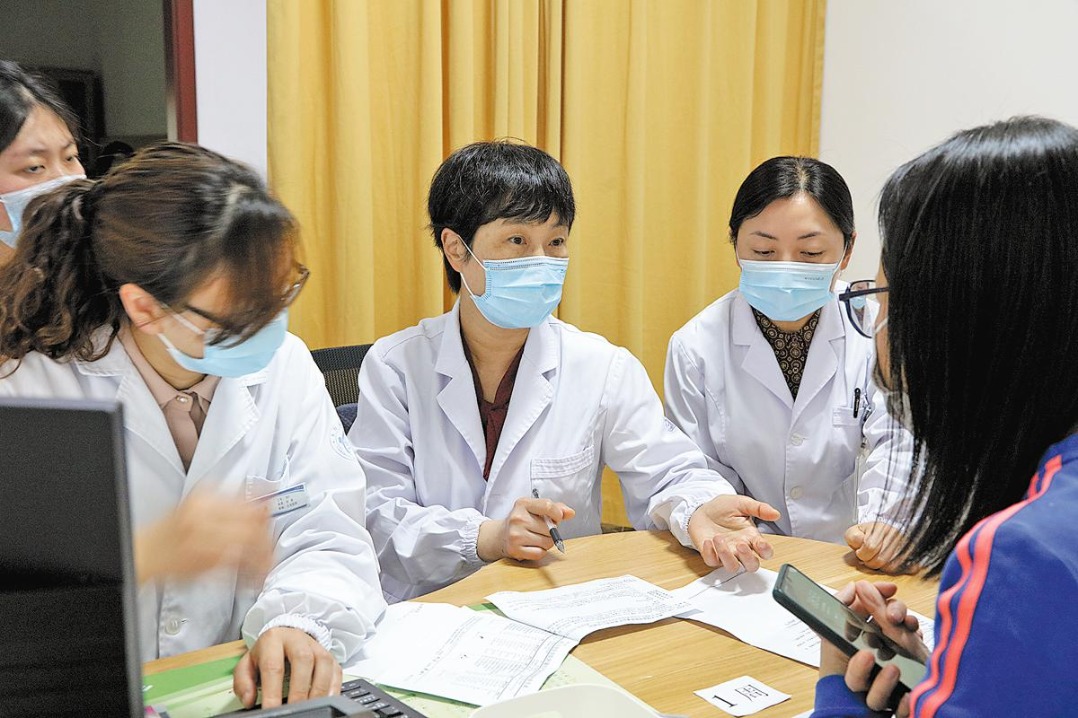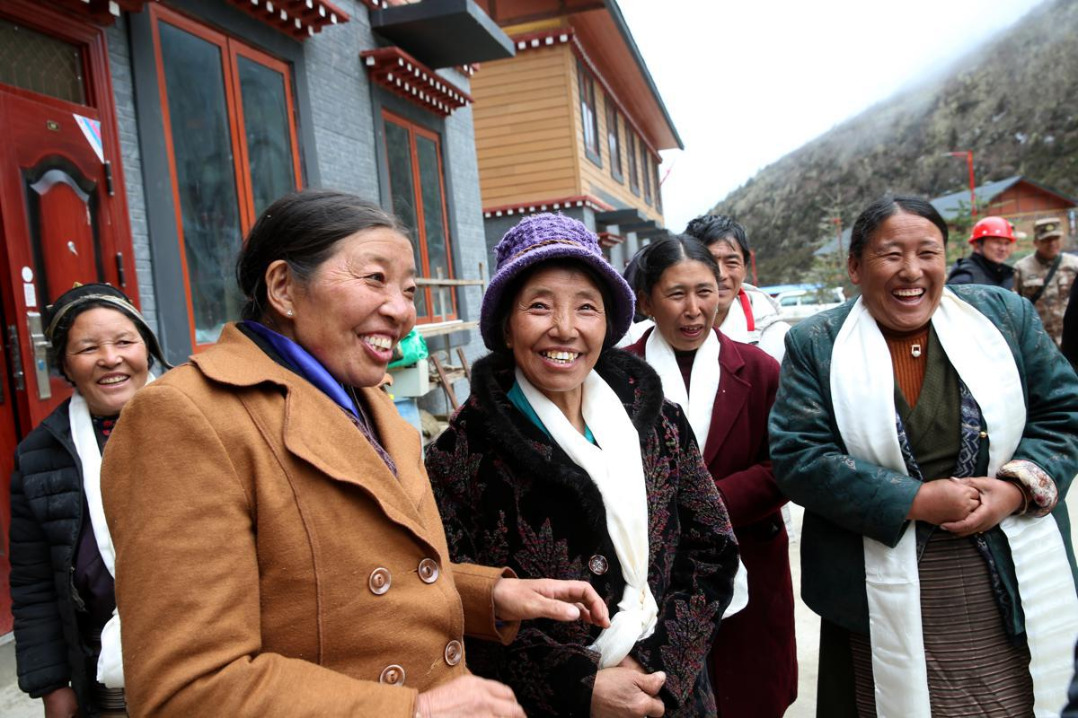Liver cancer cases could be curbed by addressing risks, report says

More than 60 percent of the world's liver cancer cases can be prevented by addressing risk factors, and if the annual incidence rate is reduced by at least 2 percent, the rising trend of new cases and deaths could be reversed by 2050, according to a report led by Chinese experts.
If the goal is achieved, at least 8.8 million new liver cancer cases and 7.7 million related deaths could be avoided globally, the report said. The findings, which outline a comprehensive strategy from prevention to treatment for liver cancer, address a disease that is diagnosed in about 870,000 patients and causes roughly 760,000 global deaths each year.
The report was published by the British medical journal The Lancet last week. It is the first time in the journal's more than 200-year history that it has featured a major global health challenge led by Chinese experts. The project brought together more than 50 leading specialists from countries and regions that include Japan, South Korea, the United States, Spain, France and Italy.
One of the report's key findings was a significant shift in the causes of liver cancer globally. While the disease has traditionally been associated with hepatitis B, hepatitis C and chronic alcohol use, conditions such as metabolic dysfunction-associated steatotic liver disease, or MASLD; and metabolic dysfunction-associated steatohepatitis, or MASH, are rapidly emerging as major contributors. Obesity and diabetes are accelerating the progression from MASLD to MASH.
The report projected that the proportion of liver cancer cases caused by MASH will rise from 8 percent in 2022 to 11 percent in 2050, with developed countries being particularly affected. Meanwhile, alcohol-related liver cancer cases are expected to increase from 19 percent to 21 percent. In contrast, cases linked to hepatitis B and C are expected to fall from 39 percent and 29 percent to 37 percent and 26 percent, respectively.
"High-sugar diets, obesity and unhealthy lifestyles are reshaping the landscape of liver cancer," said Hashem B. El-Serag, a professor at the Baylor College of Medicine in the US and one of the report's authors.
The report also highlighted effective practices from China's Qidong city in Jiangsu province, as well as from Italy and Egypt, to offer valuable insights from countries at all income levels.
Xu Yang, a co-first author of the report and a doctor at Shanghai-based Zhongshan Hospital affiliated to Fudan University, said Qidong was once a high-incidence area for liver cancer. Risk factors included a high hepatitis B infection rate, a local deficiency in the trace element selenium as well as a preference for corn that was often improperly stored and contaminated with aflatoxins.
"Through proactive measures — including early hepatitis B vaccinations that preceded the national rollout, dietary adjustments and routine medical screenings for hepatitis B-positive individuals — the five-year survival rate for local liver cancer patients has significantly improved," Xu said.
The rate has increased from 2.5 percent in the early 1970s to 30.8 percent today, offering a model for high-risk regions such as Africa and Southeast Asia, he said.
The expert committee for the report was co-chaired by Zhou Jian, president of Zhongshan Hospital; Fan Jia, an academician with the Chinese Academy of Sciences and honorary president of the hospital; and Masatoshi Kudo of Kindai University in Osaka, Japan.
Zhou noted that about 1 to 1.5 percent of people in Italy were once infected with hepatitis C. Government-led screening programs and improved access to diagnosis and treatment have proved effective there, he said.
"Egypt had a hepatitis C infection rate of nearly 15 percent in the early 2000s," Zhou said. "In 2006, a national committee was established for comprehensive screening and education. The government also negotiated significant price reductions for antiviral medications, greatly improving access to treatment."
The report called for joint efforts from health policymakers, medical professionals, international organizations, researchers and health educators to support global strategies for liver cancer prevention and control. It emphasized that such collaboration is key to reducing the global burden of liver cancer and improving patients' quality of life.





































